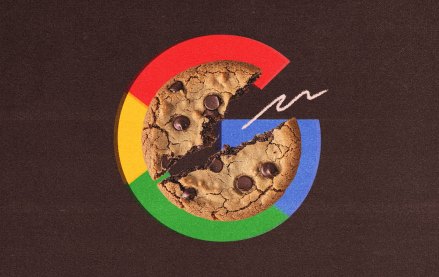What it is: Audience buying is the catchall term for the shift from buying proxies for audiences (content, for example) to directly buying audience segments based on data collected about them. This is an update to behavioral targeting, made possible by deep pools of consumer data now available and the advent of real-time bidding on ad exchanges and other media networks.
How it Works: Audience buying often works through a data-management platform to pull audience data from multiple sources as well as manage ad buys through a single platform. Brands are able to track and target specific audiences across multiple platforms while managing real-time campaign results and executing ad buys. Audience-buying allows a brand to target consumers in the market for a new car in whatever corner of digital media that they might visit, not just on the usual suspects, like automotive review websites or magazines. This might entail a marketer purchasing a “eco-friendly mom” audience segment and then receiving brand representation online, in mobile or as pre-roll video wherever the topic of the content or the orientation of the platform may be of interest to that audience.
Why it Matters: Audience buying represents a shift from a model that had formerly been the bread-and-butter of online publishers. Advertisers used to rely on publishers to present audience segments. Now, they are creating their own audience segments. That new focus on people, not pages has drawn advertisers to demand more direct and broader access to the audience that they believed were ripe for conversion. This means that having a lot of hits didn’t necessarily mean that the publication was offering the right potential customer for an advertiser. This new orientation pulled ad spend away from companies with many clicks and few conversions and gave a lot of business to audience buying technology companies and DMPs offering more powerful, and finely targeted audience connections across multiple platforms and publications. In an ideal world, this should benefit both advertisers and publishers. Advertisers get only the audience they want, while publishers are able to sell ad impression at a higher rate. But questions remain whether this is simply another step in the commoditization of online media. Premium content brands still have enough cachet to lure marketers because of either a highly-desirable demographic or because of the magnitude of their readership. Many leading online publications, such as the New York Times Company, have created or joined premium private ad exchanges to not only protect their inventory prices but to offer some of the benefits of audience-buying.
Assessment: Audience-buying is a fairly recent innovation and it still lacks sufficient transparency to justify wholesale adoption over more traditional methods of audience-targeting. Premium content brands will always be attractive to retailers but as digital media expands and diversifies, even the most well-known names will have to offer services that mimic audience-buying across multiple platforms or be priced out of the industry.
https://digiday.com/?p=3946








